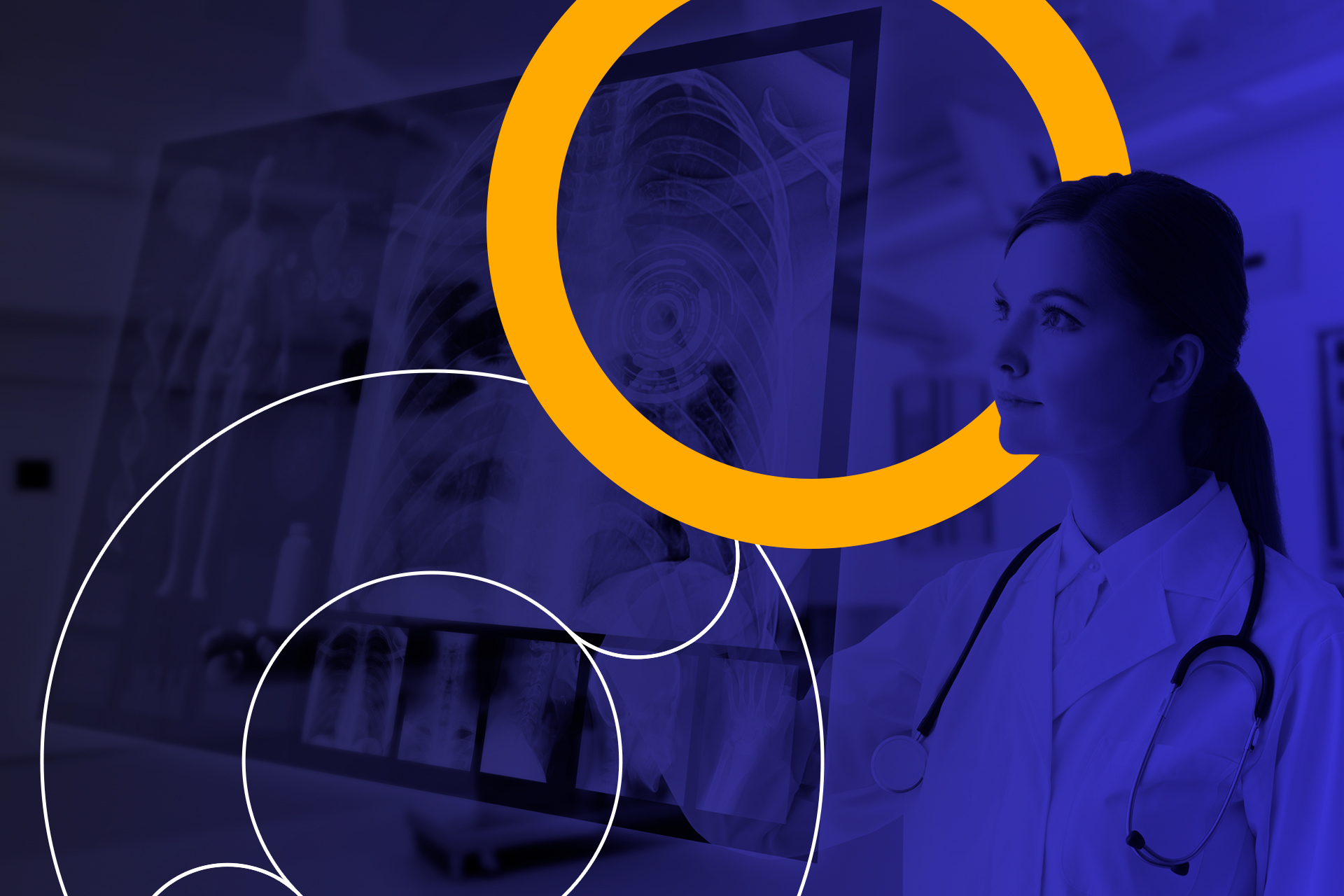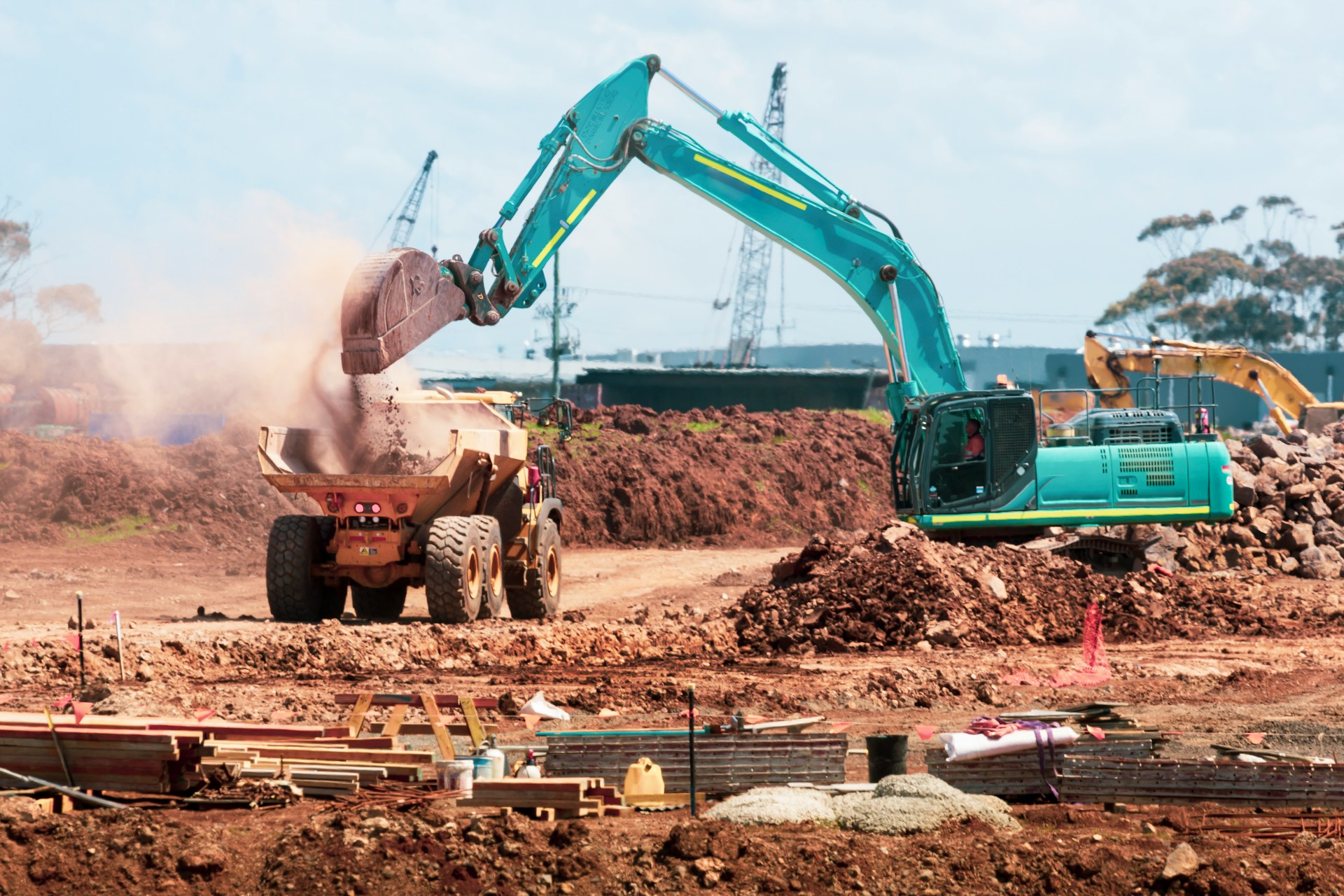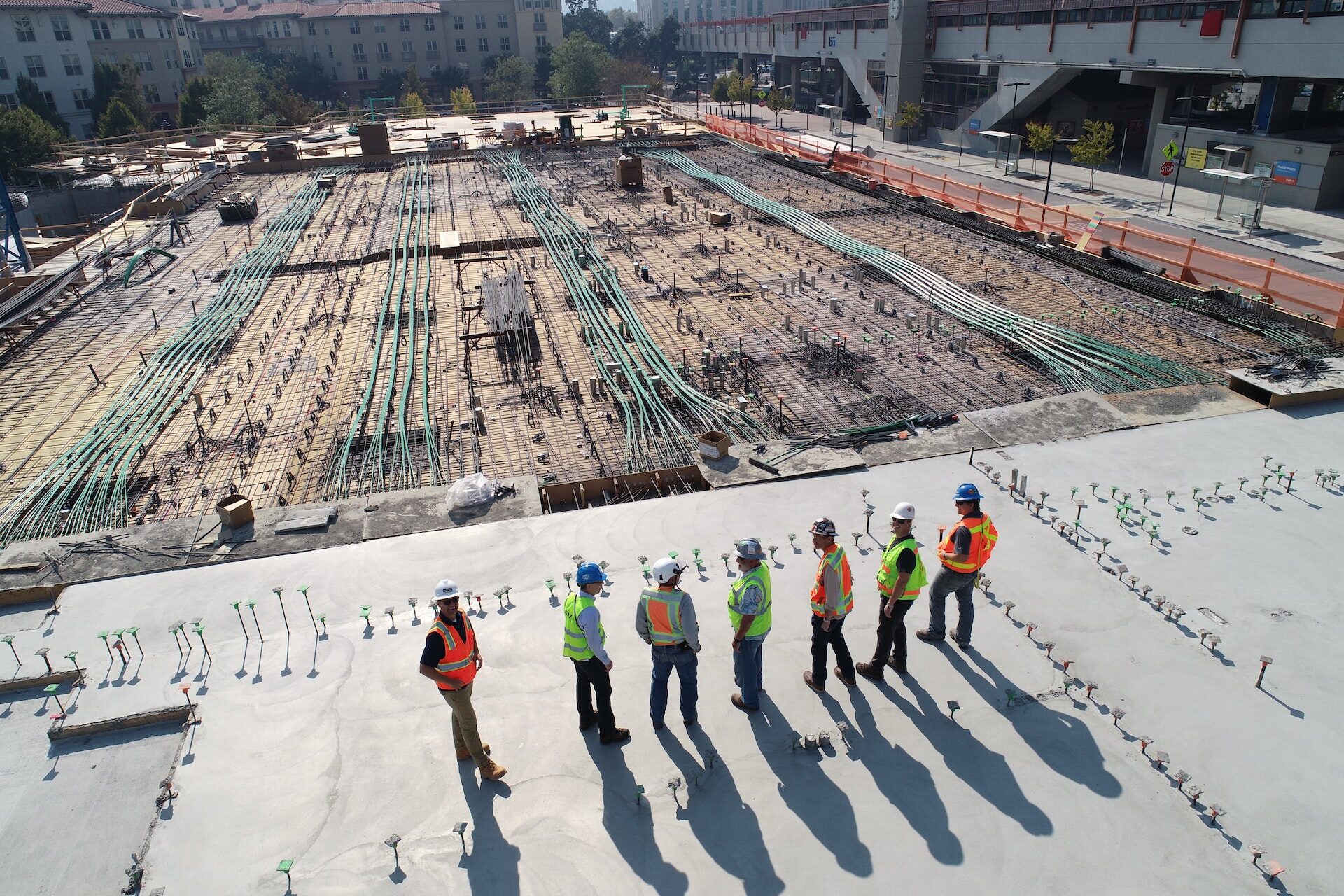
Innovative Technology that Changed the World
June 27, 2017 - Emily Newton
Revolutionized is reader-supported. When you buy through links on our site, we may earn an affiliate commision. Learn more here.
Some innovative technologies are so engrained in our society and culture, we can hardly remember when they didn’t exist. Many of these advanced technologies could have come out of the sci-fi novels of decades ago. The future is here and now. Let’s look at some technologies that have radically reshaped and improved the world over the past 10 years.
1. Cars With Advanced, Autonomous Safety Features
We are still at least a few years away from seeing fully self-driving cars everywhere we go, but most of today’s leading auto manufacturers now offer advanced safety features as standard options or upgrades. Capabilities vary by make and model, but some cars can check a driver’s blind spots, brake automatically if a collision seems imminent and help a person steer back into the center of the lane after he or she has drifted.
These features don’t give drivers excuses to operate cars in unsafe ways, but they scan environments and react to things drivers might otherwise miss. The vehicles also provide audible and visual alerts to keep drowsy or distracted drivers on track. As a result, this innovative technology not only makes the drivers who use it safer, but it also promotes safety for other drivers and pedestrians nearby.
2. Advancements in 3D Printing
3D printing has been around for several decades, but it has really broken into the mainstream within the past 10 years because the technology has made it possible to print complex things in very short amounts of time for comparatively low costs. People have used 3D printing to create cars, buildings, and castles, just to name a few things; the possibilities are endless.
Because there are almost no limits for using 3D printing technology, a staggering number of groups and individuals could potentially benefit from the advanced technology and already have. A 3D printed wheelchair ramp could aid a person with limited mobility in navigating curbs that don’t have cutaways, while printers that create 3D printed food save kitchen staff workers from wasting time and putting forth the unnecessary effort.
3. Improved Mobile Devices
Today, many people can’t fathom going without their preferred mobile gadgets for even a few hours. These sleek and powerful communication tools let users do much more than communicate with people across the world. They also have more storage than previous models and facilitate better access to the internet and associated apps.
These extremely versatile and feature-packed mobile devices have made a particularly strong impact within the education realm. Instead of huddling in rooms with bulky computers, students who require internet access for classroom lectures or projects largely use tablets or phones.
Also, some teachers and students have access to multiple devices and can use mobile-friendly technologies like cloud computing to view lesson plans, textbook chapters or word-processing programs. Mobile devices have arguably made education more accessible by breaking down boundaries and presenting possibilities.
4. Innovative Technology for Life-Altering Medical Treatments
It’s often difficult to come to terms with how technology has bolstered the medical industry, especially if people are anxiously waiting for treatments that are still not quite realities. However, treatments that were not possible to carry out a decade ago include gene therapy, which was recently used to treat sickle-cell disease, and a cure for Hepatitis C that takes full effect in only 12 weeks.
Some of the medical treatments scientists have come up with over the past decade are a little more unconventional but no less amazing. An Australian firm was given millions of dollars in capital to create a bionic eye that doesn’t fully restore vision but can provide partial sight for some patients. Also, some doctors are performing fecal transplants to introduce good bacteria into affected patients’ colons.
5. Music-Streaming Technology
Most music lovers are familiar with the tedious but necessary process of sometimes waiting hours or even days to download songs. However, thanks to Spotify, which launched in the autumn of 2008, users could search for songs and hear them within seconds. Gradually, the size and scope of Spotify’s library have become more and more impressive, and one of the most notable additions for many music fans was the Beatles’ full catalog.
Spotify undoubtedly makes it easier for people to discover new artists or hear favorite tunes without having to depend on physical media. However, it also allows classic albums to thrive in a saturated market. Going back to the Beatles, Spotify representatives say over half the people who listen to “Sgt. Pepper’s Lonely Heart’s Club Band” are under 40.
This is just a sampling of some of the fantastic technologies that have greatly affected the world. Now all that’s left to do is wait and anticipate how innovative technology might improve even more during the years to come and which other high-tech inventions might join them.
Revolutionized is reader-supported. When you buy through links on our site, we may earn an affiliate commision. Learn more here.
Author
Emily Newton
Emily Newton is a technology and industrial journalist and the Editor in Chief of Revolutionized. She manages the sites publishing schedule, SEO optimization and content strategy. Emily enjoys writing and researching articles about how technology is changing every industry. When she isn't working, Emily enjoys playing video games or curling up with a good book.




